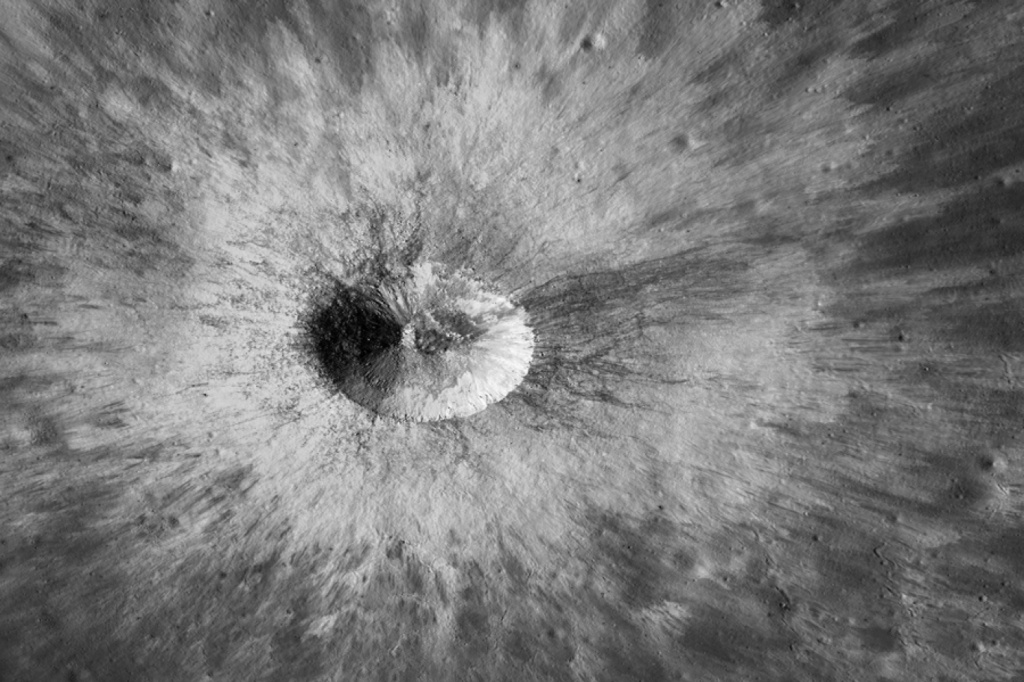A surprising new theory about the origin of the moon
A new discovery rewrites the history of Earth and our closest neighbor in space - and shows that some previous simulations may have led to wrong conclusions
It is believed that the moon was born after a collision that occurred 4.5 billion years ago between the Earth and a body the size of the planet Mars called "Theia" (NASA.gov)
According to a new theory about the origin of the moon , the latter may have formed "immediately" after a massive space collision that the Earth witnessed, which led to the emergence of this planet, which began to orbit around the Earth .
The theory is based on detailed simulations by the most powerful supercomputers, which indicated that the moon arose immediately after a space object collided with the Earth.
In general, it is believed that the Moon was born after a collision that occurred 4.5 billion years ago between the Earth and a body the size of the planet Mars called "Theia". But the new virtual simulations show that something happened next that wasn't previously imagined.
Previous computer simulations led to theories that the moon may have grown gradually, inside a ring of space debris that was in close orbit around the Earth. But the new theory suggests that it separated and formed almost instantaneously.
It is possible to put the two theories to the test because each of them must suggest a different internal structure of the moon than the other theory. Therefore, this step helps us to learn additional information about the rock of the moon, as well as about our planet.
Additional detail provided by the most powerful supercomputer simulations allowed researchers to find unexpected details that would explain some of the moon's unusual properties. It also suggests that the "low-resolution" simulations run in the past may have left scientists drawing incorrect conclusions about our planet's history.
In this regard, Vincent Eck of the University of Durham in the United Kingdom said, "The trajectory of the formation of the moon may help explain the similarity in isotopic composition between lunar rocks brought to Earth by the Apollo astronauts, on the one hand, and the mantle of the planet from On the other hand, there may also be observable consequences for the thickness of the lunar crust, which will allow us to reach a greater definition of the type of collision that occurred."
It is worth noting that the Astrophysical Journal Letters published a report detailing the results of the study entitled "The direct origin of the Moon as a satellite after the collision."
Source: websites


